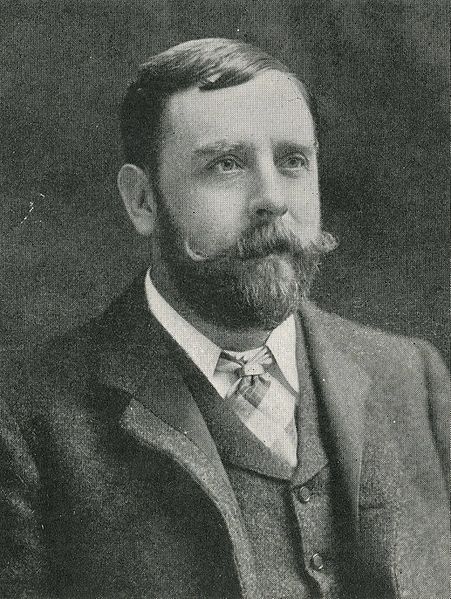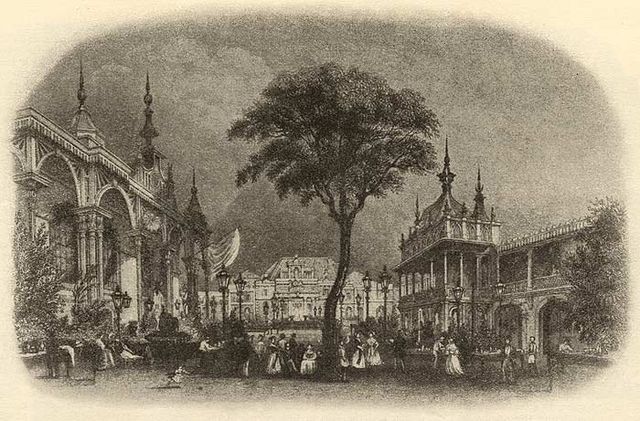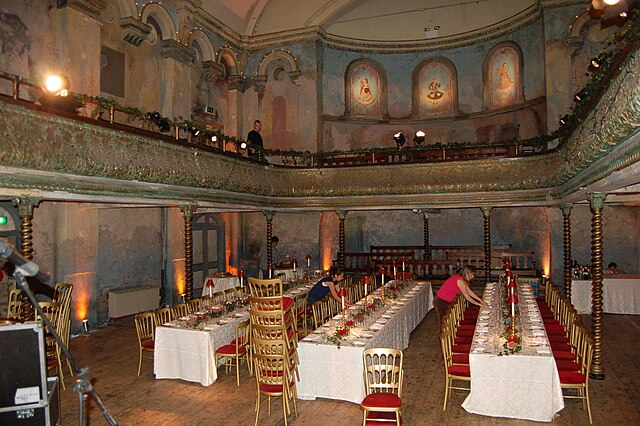Francis Matcham was an English architect who specialised in the design of theatres and music halls. He worked extensively in London, predominantly under Moss Empires for whom he designed the Hippodrome in 1900, Hackney Empire (1901), Coliseum (1903) and Palladium (1910). His last major commission before retirement was the Victoria Palace Theatre (1911) for the variety magnate Alfred Butt. During his 40-year career, Matcham was responsible for the design and construction of over 90 theatres and the redesign and refurbishment of a further 80 throughout the United Kingdom.
Matcham, c. 1900
Of the two centre buildings; the Matchams' house in Union Street, Torquay (left), with the Bridgemans' on the right
The Gaiety Theatre in the Strand, a building from which Matcham took inspiration as a student
The stage with unobstructed sight lines
Music hall is a type of British theatrical entertainment that was most popular from the early Victorian era, beginning around 1850, through the Great War. It faded away after 1918 as the halls rebranded their entertainment as variety. Perceptions of a distinction in Britain between bold and scandalous music hall entertainment and subsequent, more respectable variety entertainment differ. Music hall involved a mixture of popular songs, comedy, speciality acts, and variety entertainment. The term is derived from a type of theatre or venue in which such entertainment took place. In North America vaudeville was in some ways analogous to British music hall, featuring rousing songs and comic acts.
The Eagle Tavern in 1830
The Oxford Music Hall, c. 1875
The interior of Wilton's Music Hall (here, being set for a wedding). The line of tables give some idea of how early music halls were used as supper clubs.
Interior of the Canterbury Hall, opened 1852 in Lambeth








